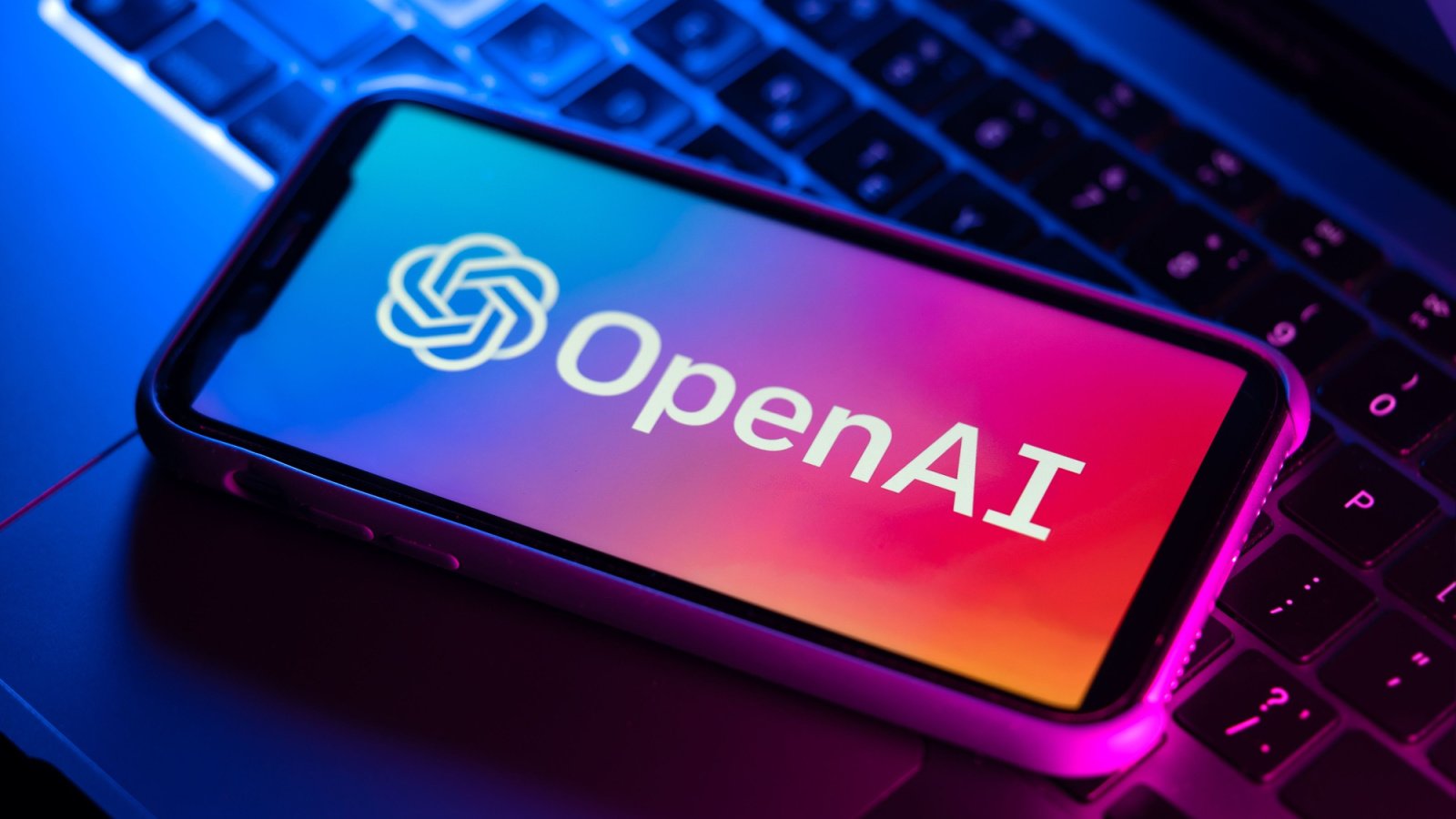This week, OpenAI released the newest iteration of its AI technology, which supports ChatGPT. The update provides a more lifelike version of the technology and is available free of charge to all users. Previously, only lower performing versions of the technologies were free for all customers.
Timing and Competition
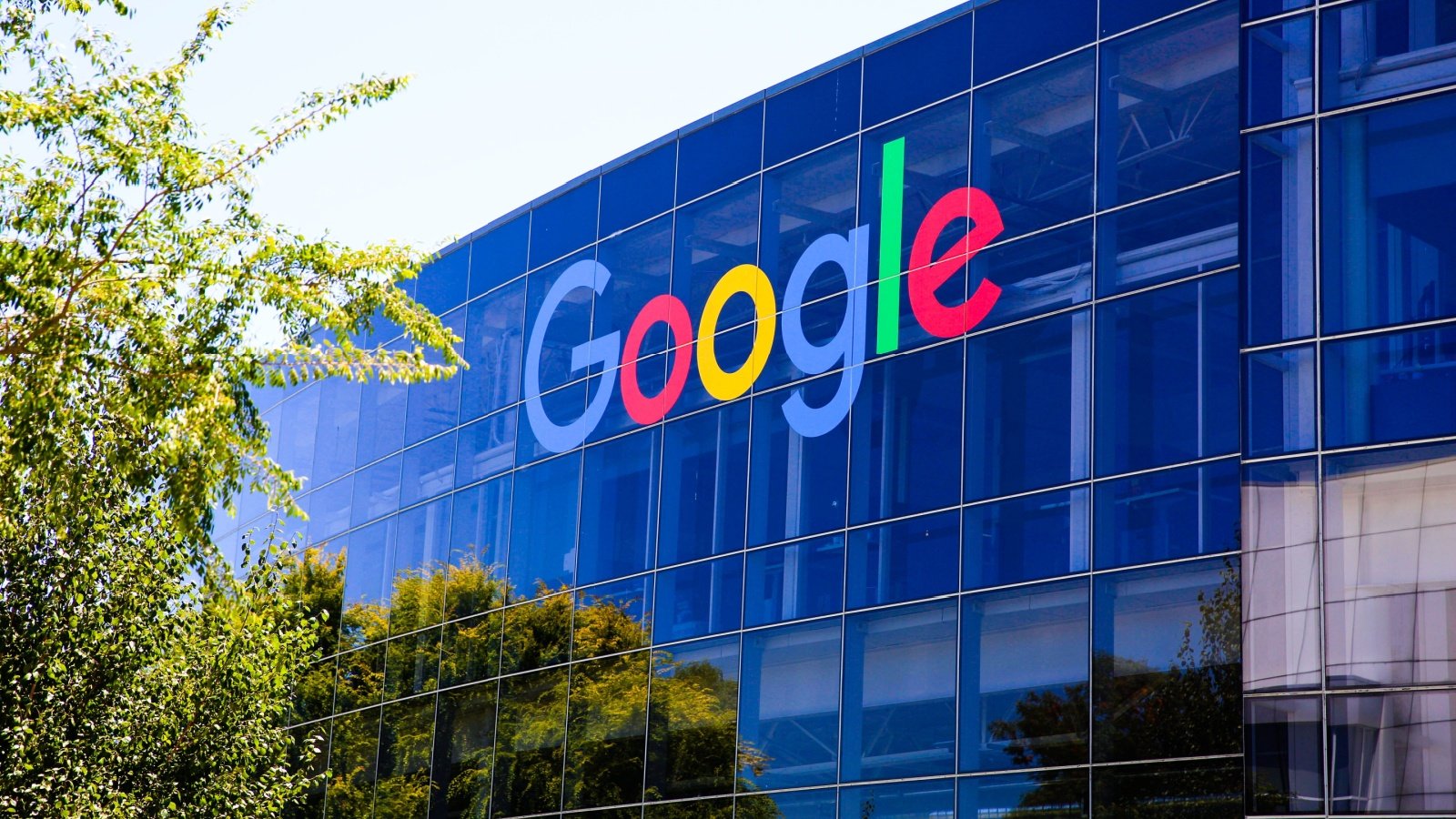
OpenAI’s newest release was made days before Google is expected to announce its newest updates to Gemini, Google’s AI tool. OpenAI, which is supported by Microsoft, is currently in a technology competition with Google to dominate the generative AI landscape. Other competitors include Meta and Anthropic, who are seeking out their own space within the innovation frontier.
New Features in GPT-4o
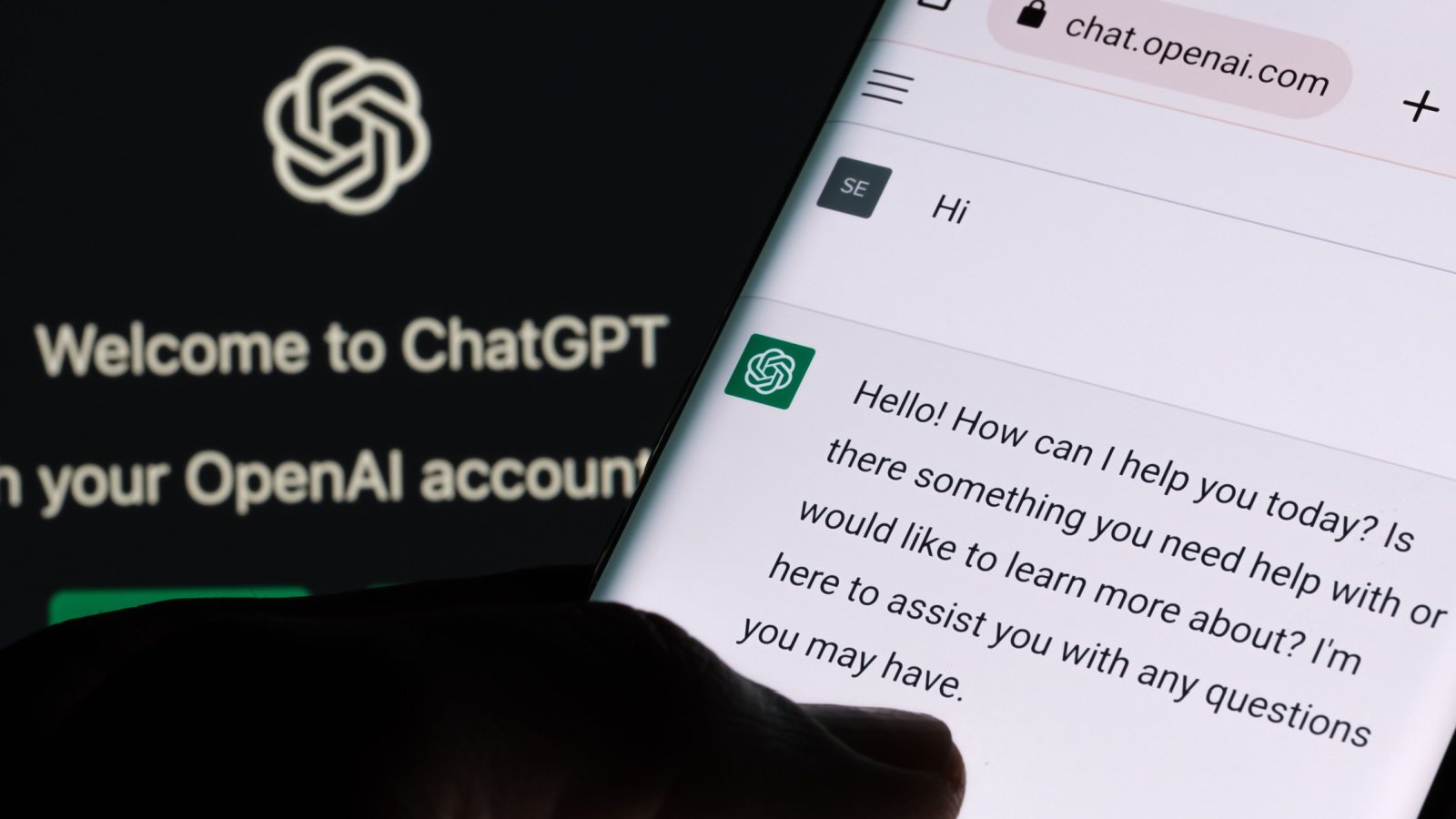
According to OpenAI’s Chief Technology Officer Mira Murati, the new model called GPT-4o will be available in all OpenAI’s products in the near future. The “o” in GPT-4o stands for “omni.” Paid users of OpenAI’s products will have unlimited access to the new iteration, while free customers will be able to use up to a certain number of interactions.
Omni Capabilities
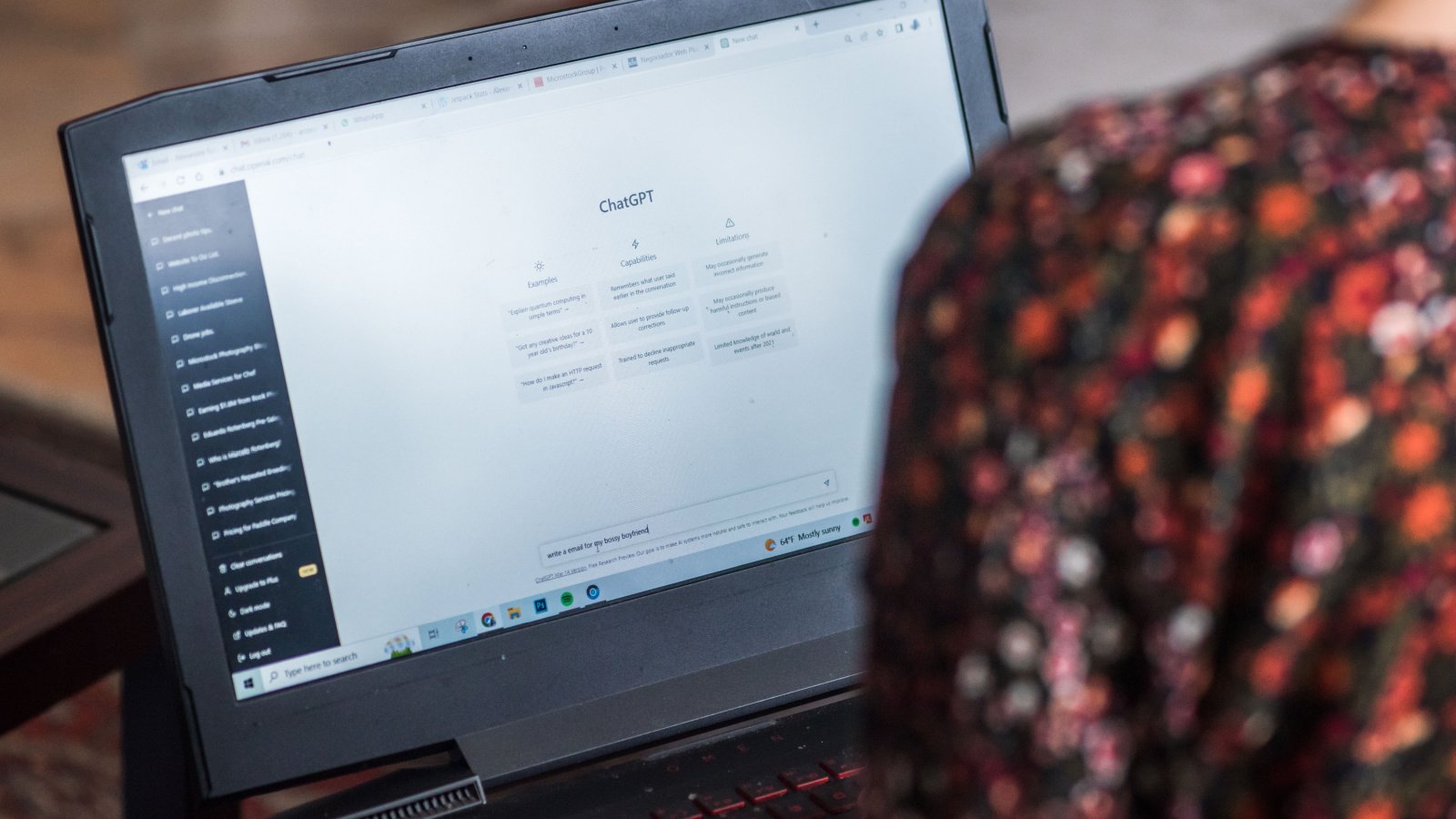
The Omni version in GPT-4o will allow users to interact with the tool through voice, text, or images. Chief Executive Officer of OpenAI, Sam Altman, claims that this newest version, by allowing voice and video modes, moves the product closer to the lifelike experience of speaking to computers as though they are humans, as glorified in multiple science fiction films.
Real-Life AI Ambitions

To make the point, Altman aims to create in real life the AI character in the movie “Her,” portrayed by Scarlett Johansson. This character represents to Altman a more natural conversational experience.
Virtual Launch Event

Murati and other OpenAI engineers showcased the advancements of GPT-4o during its virtual launch event. During this event, the engineers demonstrated AI responses to voice commands, including responses that had characteristics of humor and human-like dialogue.
Multifunctional Demonstrations

Also, during the demonstrations at the launch event, GPT-4o translated languages from English to Italian, analyzed facial expressions, and assisted a user in completing a complex mathematical equation.
Enhancements in GPT-4o

The previous GPT-4 versions of the OpenAI technology were noted for their text, reasoning, and coding capabilities. The Omni update will include the power of the previous version, but include an increased value to multilingual queries along with processing audio and visual data.
Advanced AI Interactions

Another demonstration of the new AI capability revealed that the technology could take in environmental clues from a smartphone camera. In the specific demonstration, GPT-4o stated, “Hmmm, from what I can see, it looks like you’re in some kind of recording or production set-up with lights, tripods… you might be gearing up to shoot a video or make an announcement?”
Future AI Developments

Responding to questions about a potential release of a new version in GPT-5, Altman stated that the company would be waiting to release major new models and would instead work on refinements to the breakthrough technology already in existence.
Search Tool Speculations
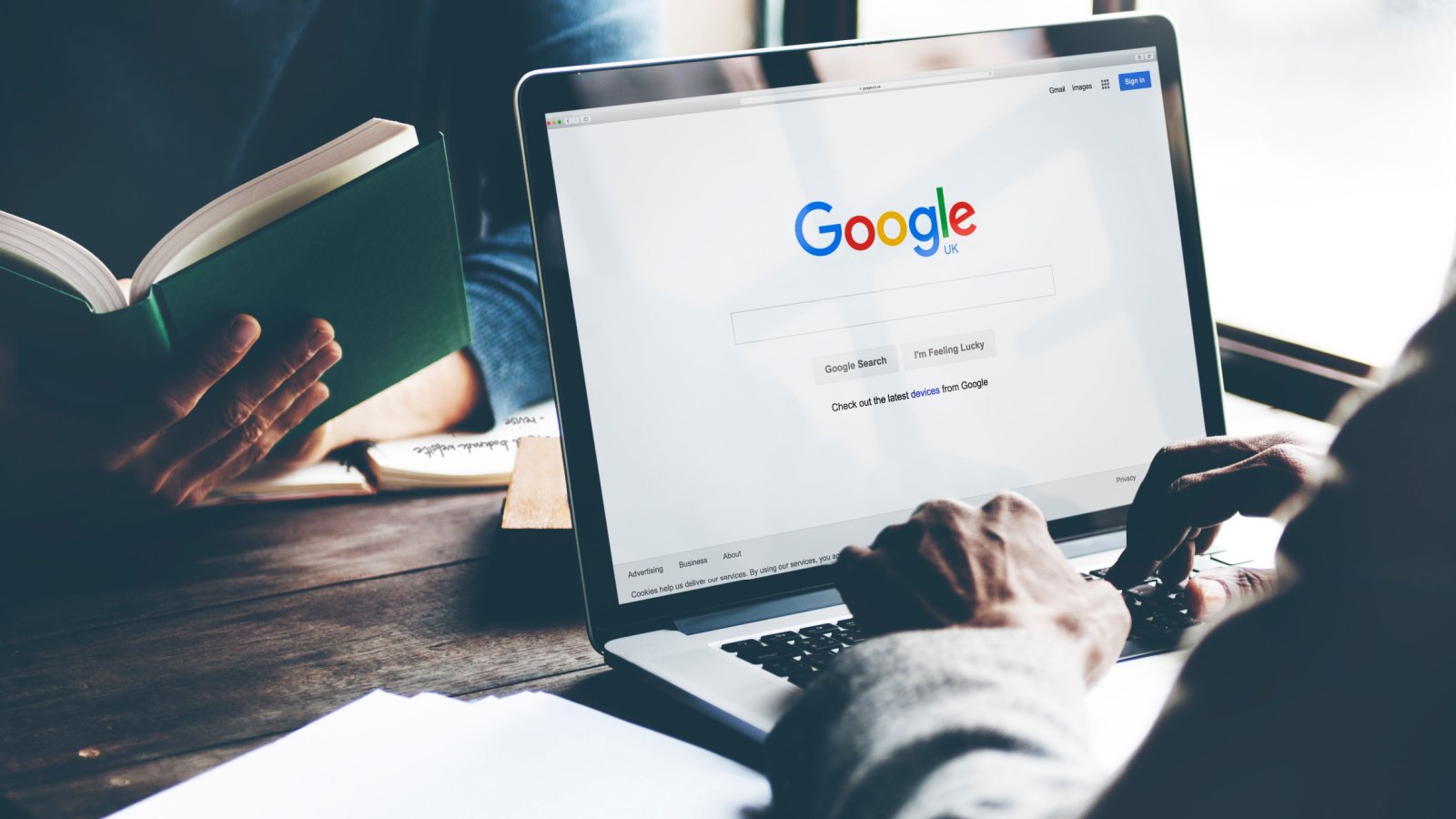
Altman also shot down speculation that OpenAI would focus on creating a Google-alternative online search tool.
Market Impact
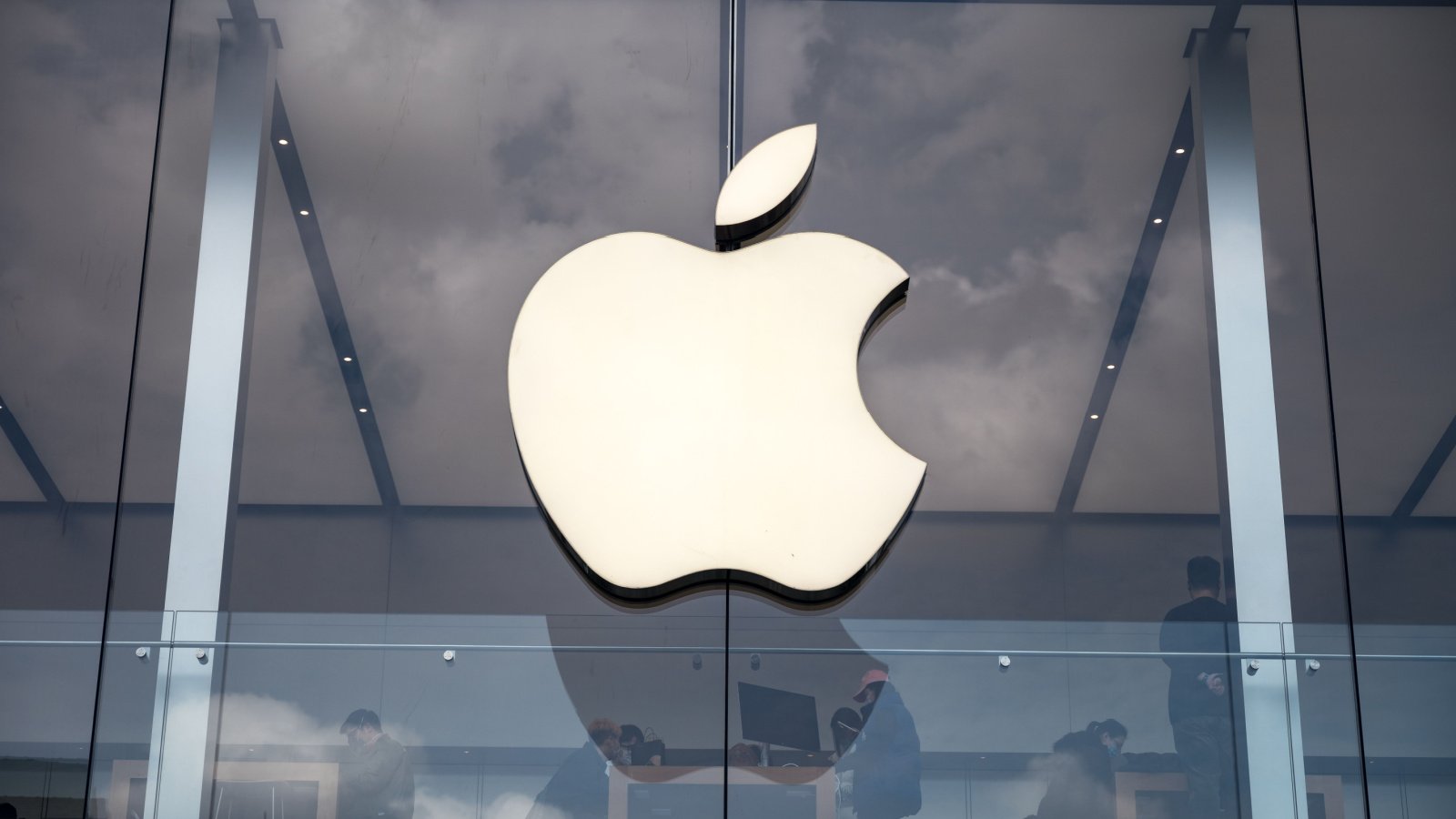
As a result of the launch of the new model, OpenAI investor Microsoft has overtaken Apple in market capitalization.
Monetization Strategy

Of interest to many users is the monetization strategy over the long term of expensive AI technologies, including ChatGPT, GPT-4, GPT-4o, Gemini, and all of its iterations. There is much debate about whether average users of AI technologies will pay for access to the technology once it is more established.
CEO’s Confidence in Business Model

Altman is not concerned. He has stated on his blog, “We are a business and will find plenty of things to charge for.” Still, the costs of operating a generative AI company are high, and much of the cost goes to advanced computer hardware, such as Nvidia, for its graphics processing units (GPUs).
Content Partnerships and Legal Battles

OpenAI trains its models using content from publishers and creators, and those entities are demanding payment for the content used. The company has formalized content partnerships with the Associated Press and Financial Times among a few others. It is engaged in a legal battle with the New York Times over the use of its content in training the AI models.
Industry Competition

In addition to the challenges of high operational costs and legal pressures from content providers, each individual AI company faces stiff competition from other technology giants seeking to overtake the new technology space.



